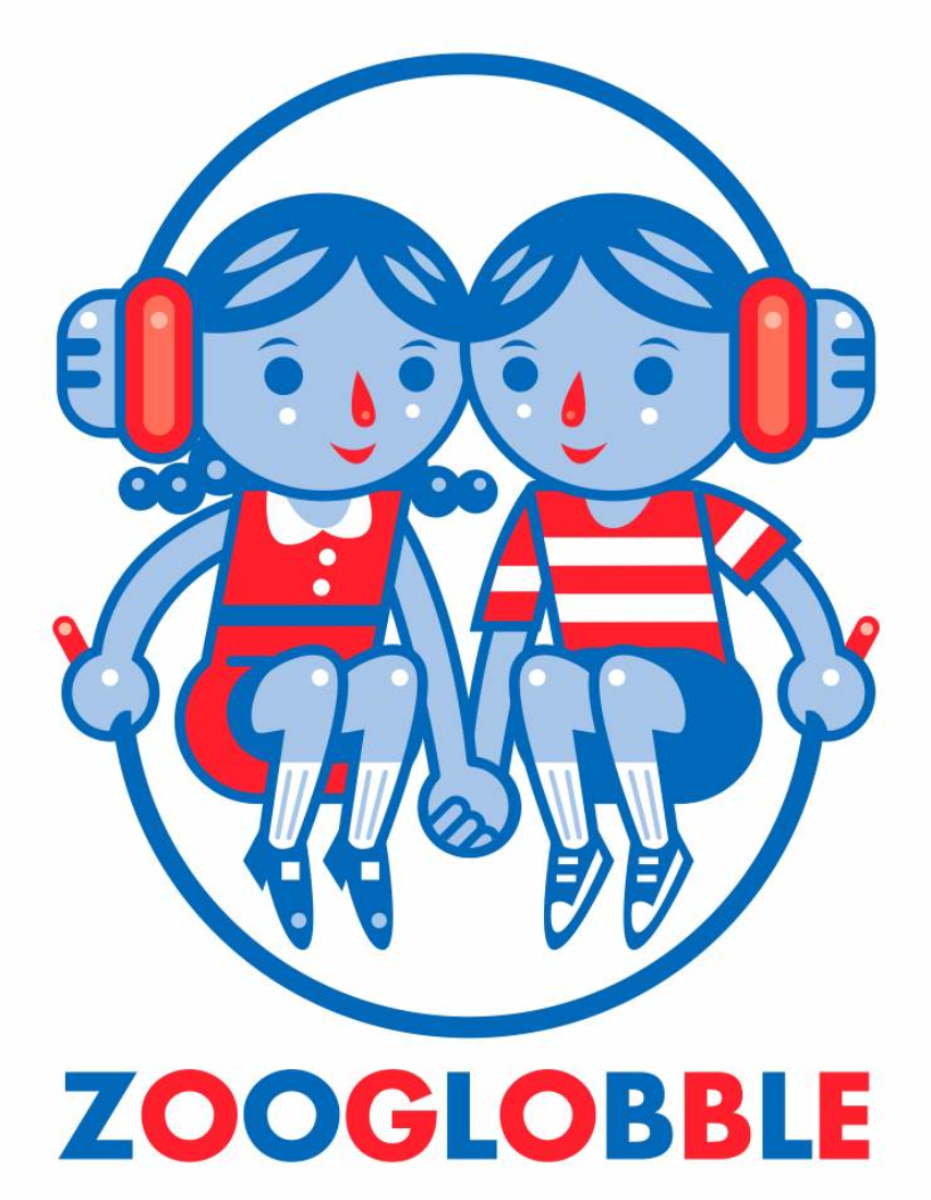It's safe to say that the single biggest label for kids music is Smithsonian Folkways Recordings. Oh, sure, perhaps your Disneys and KidzBops might have more in terms of total sales, but for sheer breadth of its offerings made over more than a half-century since Moses Asch founded Folkways Records in 1948 (it was acquired by the Smithsonian in 1987), no other label comes close.
They continue to release kids music regularly -- later this month they release ¡Come Bien! by José-Luis Orozco, the first Smithsonian Folkways release for the longtime bilingual educator. It's a rich tradition, the Folkways kids music oeuvre, numbering in the hundreds of albums and thousands of tracks.
So I was really hoping that I'd get someone associated with the Smithsonian to pen an entry in my "Intro to Kindie" series, featuring kids music experts listing tracks designed to, well, introduce a listener to kids music, knowing that there would be more than enough to make a list with only Folkways tracks.
And they said yes!
These songs were selected by Dr. Patricia Shehan Campbell, who teaches courses in children’s music and “the ethnomusicology of children” at the University of Washington. With a lifetime of singing experience, she has a long experience in sharing songs and singing games with children and their teachers, and is author of Music in Childhood, Songs in Their Heads: Music and Its Meaning in Children’s Lives, Musician and Teacher, and editor of The Oxford Handbook of Children’s Musical Cultures. She is also currently the Chair of the Board of Smithsonian Folkways.
In other words, there are few if any people in the world who would know better the breadth of the Folkways collection, especially in kids music, and I'm honored to present her list.
On a related note, one of the biggest thrills I've had in reviewing and discussing kids music is the opportunity to write liner notes for a Smithsonian Folkways release, Sarah Lee Guthrie and Family's Go Waggaloo. So you can imagine that I was happy when they asked if I'd be interested in writing an entry in their "People's Picks" series talking about favorite Smithsonian Folkways songs at the same time I was asking if they'd be interested in writing something for "Intro to Kindie." (Great minds, etc. etc.) So please head over there and read about (and listen to) the 20 great kids music tracks (mostly kids music, anyway) I chose. (Me! In amongst Valerie June, Jonathan Lethem, Warren Defever, and more!)
Enough about me: on to the list!
Children are wired to make music, to listen intently to music, and to understand their world through music. Children’s song-singers know the powerful ways that melodies, rhythms and words can convey messages to children, awaken their imaginations, and inspire them to think, feel, and do. Children’s own songs are filled with sounds of joy and wonder, even as adult singers express the best of children’s playful selves in the music they sing and play.
Smithsonian Folkways Recordings, the nonprofit record label of the Smithsonian Institution, is a veritable treasury of “people’s music” from everywhere in the world, and the music of, by, and for the little people—children’s music—is a meaningful component of the collection. This twenty-song playlist samples several generations of singing children and children’s song-singers. Featured are musical glimpses of legendary musician Woody Guthrie and his granddaughter, Sarah Lee Guthrie, notable “folk-songsters” Pete Seeger, Lead Belly, and Elizabeth Cotten, and highly acclaimed singers like Ella Jenkins, Suni Paz, Tom Glazer, and Elizabeth Mitchell who have dedicated their lives to singing for and with children. Several selections feature children themselves in full vocal exuberance, singing to amuse and communicate with friends.
Altogether, these children’s songs represent historic renderings and contemporary expressions at the core of a vast collection of musical traditions collected, preserved, and readily available onsite of the vast and varied archive of Smithsonian Folkways Recordings.
1. “Little Bird, Little Bird” by Elizabeth Mitchell from You Are My Little Bird (2006)
2. “Go Waggaloo” by Sarah Lee Guthrie & Family from Go Waggaloo (2009)
4. “Bought Me a Cat” by Pete Seeger from American Folk, Game and Activity Songs (2000)
5. “Did You Feed My Cow?” by Ella Jenkins from You'll Sing a Song and I'll Sing a Song (1992)
7. “Why, Oh Why?” by Woody Guthrie from Songs to Grow on for Mother and Child (1991)
8. “Jambo” by Ella Jenkins from Jambo and Other Call and Response Songs and Chants (1996)
10. “Grey Goose” by Lead Belly from Lead Belly Sings for Children (1999)
11. “Camp Songs” by Tony Schwartz from 1, 2, 3 and a Zing Zing Zing (1953)
13. “Shoo Lie Loo” by Elizabeth Mitchell from Sunny Day (2010)
15. “Little Liza Jane” by Elizabeth Mitchell from You Are My Little Bird (2006)
17. “Jump Rope” by Tony Schwartz from 1, 2, 3 and a Zing Zing Zing (1953)
18. “All Around the Kitchen” by Pete Seeger from American Folk, Game and Activity Songs (2000)
20. “Golden Kids’ Rules” by Chip Taylor & The Grandkids from Golden Kids Rules (2011)












